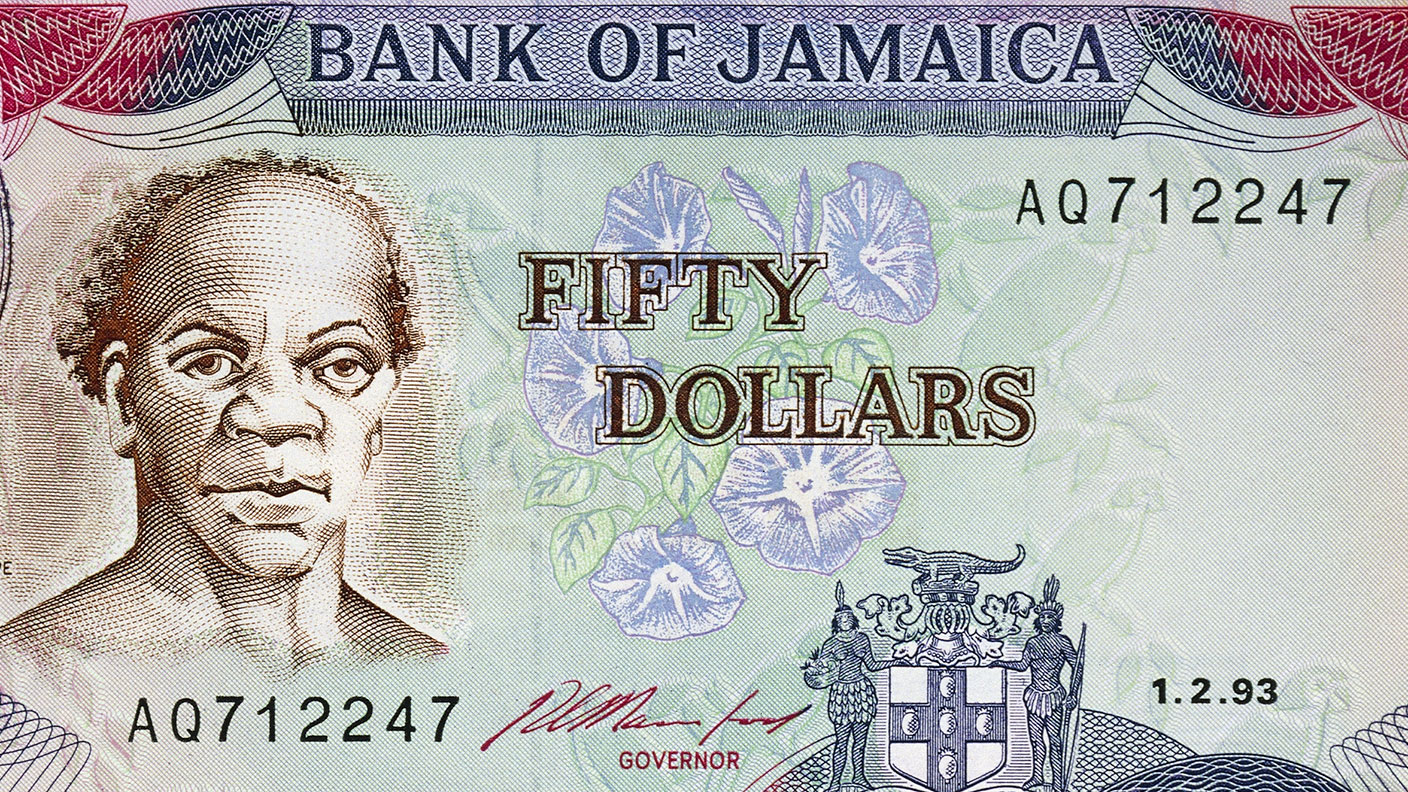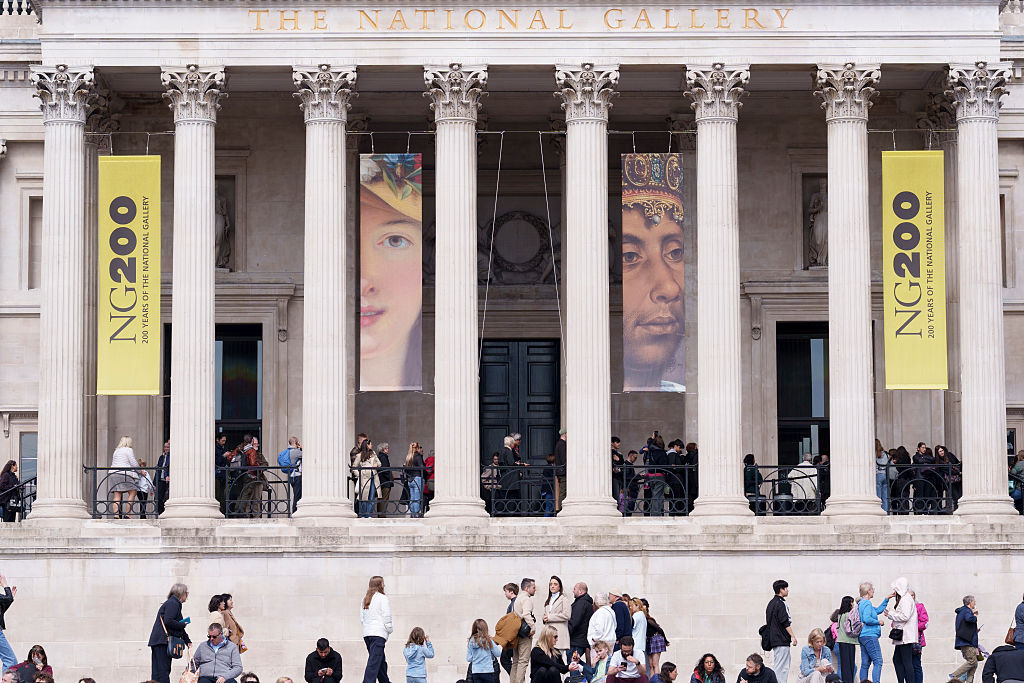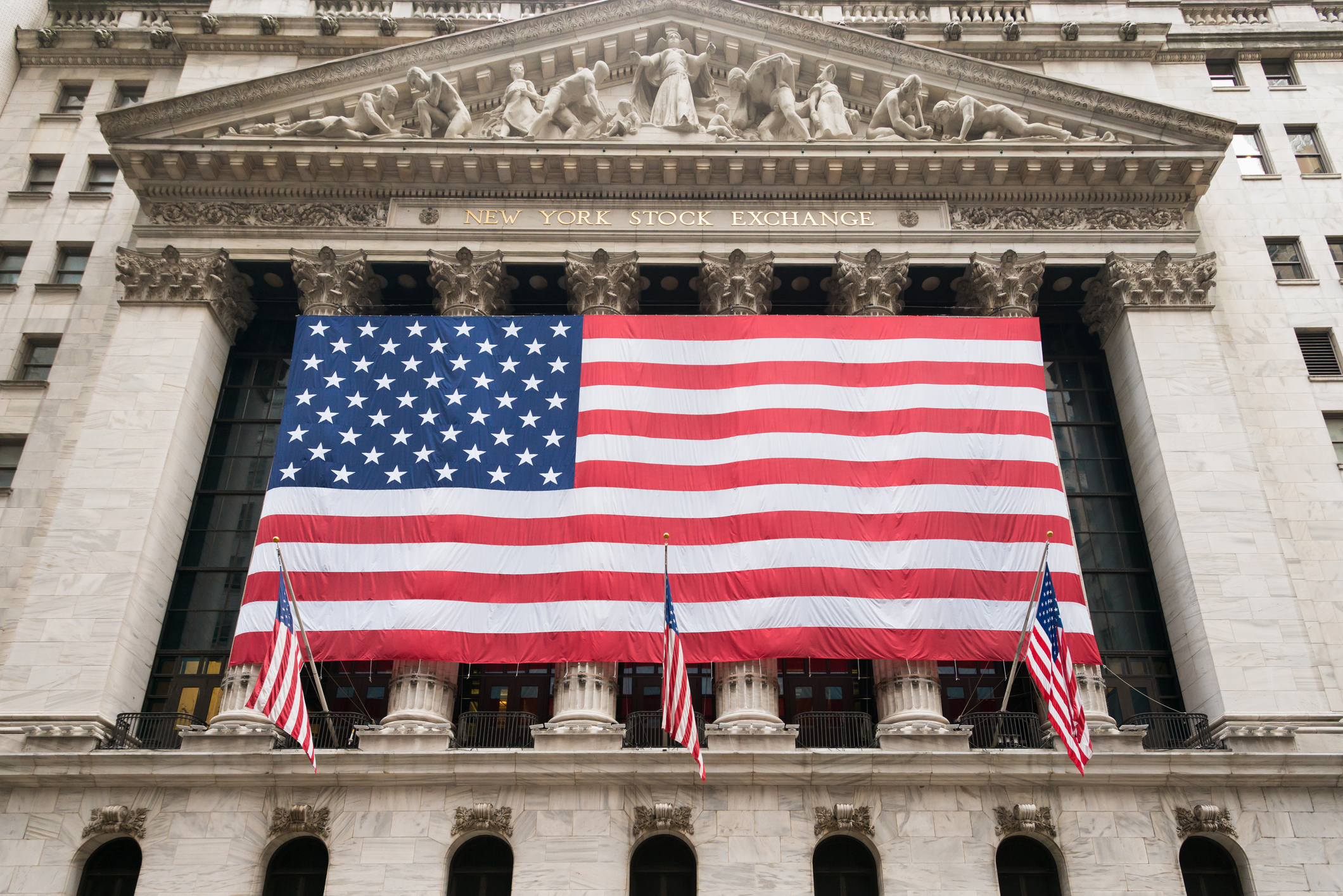28 August 1833: Slavery Abolition Act enacted
On this day in 1833, the Slavery Abolition Act received royal assent, ending slavery in most of the British Empire, and leading to the biggest 'bailout' in British history.

From the late 16th century, a “triangular trade” developed between Europe, Africa and North America. British goods were shipped to Africa, slaves were shipped to the new world, and cash crops such as sugar and tobacco returned to Britain.
The 1772 Somerset case established that slavery was not supported by English law, effectively freeing all slaves in England, but it remained legal in the colonies. In 1807, William Wilberforce and his allies persuaded parliament to outlaw the trade. However, slavery itself remained legal in the British Empire.
In 1831, a Jamaican slave and Baptist preacher, Samuel Sharpe, inspired a major slave revolt. Sharpe was executed, but parliamentary enquiries focused attention on the brutality of the slave owners and the ongoing threat of revolt. In 1833, the Slavery Abolition Act was passed, receiving royal assent on 28 August.
MoneyWeek
Subscribe to MoneyWeek today and get your first six magazine issues absolutely FREE

Sign up to Money Morning
Don't miss the latest investment and personal finances news, market analysis, plus money-saving tips with our free twice-daily newsletter
Don't miss the latest investment and personal finances news, market analysis, plus money-saving tips with our free twice-daily newsletter
It banned slavery in the Empire, except for India and St Helena (it was fully abolished in 1843). However, £20m (nearly £17bn in today's money) was provided to compensate slave owners – 40% of the Treasury budget for a year. It's been described as the largest “bailout” in British history, prior to the 2008 bank bailouts.
Some of Britain's wealthiest families gained huge payouts. John Gladstone (father of William) got £83m in today's money, while ancestors of George Orwell and David Cameron were also compensated.
The funds were reinvested in Britain's booming industries, financing the early railways. The cost of paying for the compensation came from consumption taxes, whose burden fell disproportionately on the poor. Ex-slaves, of course, got nothing.
Get the latest financial news, insights and expert analysis from our award-winning MoneyWeek team, to help you understand what really matters when it comes to your finances.
Alex is an investment writer who has been contributing to MoneyWeek since 2015. He has been the magazine’s markets editor since 2019.
Alex has a passion for demystifying the often arcane world of finance for a general readership. While financial media tends to focus compulsively on the latest trend, the best opportunities can lie forgotten elsewhere.
He is especially interested in European equities – where his fluent French helps him to cover the continent’s largest bourse – and emerging markets, where his experience living in Beijing, and conversational Chinese, prove useful.
Hailing from Leeds, he studied Philosophy, Politics and Economics at the University of Oxford. He also holds a Master of Public Health from the University of Manchester.
-
 Zoopla: house price growth stalled in 2025 but forecasts for 1.5% higher next year
Zoopla: house price growth stalled in 2025 but forecasts for 1.5% higher next yearSales soared this year with more than a million deals done but buyers drove hard bargains keeping a lid on prices. A small bounceback in valuations is predicted for 2026, depending on where you live.
-
 UK sets out crypto regulatory proposals
UK sets out crypto regulatory proposalsThe government has tabled legislation that sets out a regulatory framework for cryptocurrencies, while the regulator will consult on balancing innovation and consumer protections
-
 31 August 1957: the Federation of Malaya declares independence from the UK
31 August 1957: the Federation of Malaya declares independence from the UKFeatures On this day in 1957, after ten years of preparation, the Federation of Malaya became an independent nation.
-
 13 April 1960: the first satellite navigation system is launched
13 April 1960: the first satellite navigation system is launchedFeatures On this day in 1960, Nasa sent the Transit 1B satellite into orbit to provide positioning for the US Navy’s fleet of Polaris ballistic missile submarines.
-
 9 April 1838: National Gallery opens in Trafalgar Square
9 April 1838: National Gallery opens in Trafalgar SquareFeatures On this day in 1838, William Wilkins’ new National Gallery building in Trafalgar Square opened to the public.
-
3 March 1962: British Antarctic Territory is created
Features On this day in 1962, Britain formed the British Antarctic Territory administered from the Falkland Islands.
-
10 March 2000: the dotcom bubble peaks
Features Tech mania fanned by the dawning of the internet age inflated the dotcom bubble to maximum extent, on this day in 2000.
-
9 March 1776: Adam Smith publishes 'The Wealth of Nations'
Features On this day in 1776, Adam Smith, the “father of modern economics”, published his hugely influential book The Wealth of Nations.
-
 8 March 1817: the New York Stock Exchange is formed
8 March 1817: the New York Stock Exchange is formedFeatures On this day in 1817, a group of brokers moved out of a New York coffee house to form what would become the biggest stock exchange in the world.
-
7 March 1969: Queen Elizabeth II officially opens the Victoria Line
Features On this day in 1969, Queen Elizabeth II took only her second trip on the tube to officially open the underground’s newest line – the Victoria Line.